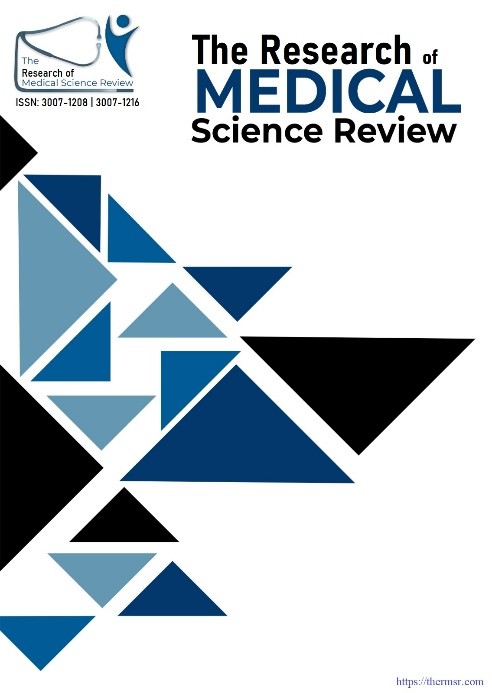A MIXED-METHODS INVESTIGATION INTO BARRIERS TO ROUTINE IMMUNIZATION IN THE PERI-URBAN SLUMS OF BAHAWALPUR, PAKISTAN: A STUDY FROM LINCOLN UNIVERSITY COLLEGE MALAYSIA
Main Article Content
Abstract
Background: Child immunization is a cornerstone of public health, designed to protect children from vaccine-preventable diseases and reduce child mortality rates.
OBJECTIVE: To investigation into barriers to routine immunization in the peri-urban slums of Bahawalpur, Pakistan
MATERIAL AND METHODS: The study setting was the Lincoln University College Malaysia. Data was collected from the EPI department of 21 UC’S of Bahawalpur. The study completed approximately 18 months. The study targeted population of study was the parents of the children and CEO Health and WHO Representative interview regarding immunization experience to the different EPI Centers of 21UC’S of District Bahawalpur Pakistan. The data was analyzed by the Nvivo software.
Semi-structured interviews were conducted with two key informants: a World Health Organization (WHO) Representative and the Chief Executive Officer (CEO) of Health. With informed consent, all interviews were taken in Urdu and subsequently transcribed verbatim in English. In instances where Urdu idioms or expressions were used, bilingual researchers translated these into English, ensuring semantic accuracy and cultural equivalence. To maintain data integrity, transcripts were cross-verified with the original audio recordings for accuracy.An inductive approach was employed for coding and thematic analysis. Quantitative data enter and analysed in SPSS 26 Version.
RESULTS: The deficiencies in the infrastructure, such as the poor maintenance of the cold chain, the irregular training of the personnel and the lack of mechanisms for the sending of messages of the result, have come to light in this investigation. Suggestions include making people more conscious of these programmes by way of targeted training sessions, using mobile vaccination units, updating the health infrastructures, and engaging the community to help solve problems of misinformation and of the logistics involved. The 60(21.5%) were Male in the study who visited EPI Center and 218(78.4%) were female in the study. Of those surveyed, 54.7 percent attested that their most recent child had received all recommended EPI vaccinations, whereas 27.0 percent had not. The percentage of respondents who did not arrange routine medical exams for their children was 52.2%, while just 27.3% did. While 8.6 percent did not take their children to the doctor when they were ill, 28.4 percent did. 12.2 percent had not had a vaccination, whereas 79.9 percent reported that their most recent child had.
CONCLUSION: Many community members lacked accurate knowledge about vaccines, leading to fear and hesitancy. Deep-rooted cultural norms and religious concerns significantly influenced vaccine acceptance. Geographic and logistical barriers, including limited healthcare access in rural areas, hindered immunization efforts. Distrust toward medical authorities and government programs reduced public compliance. Effective education campaigns and culturally sensitive outreach were identified as essential to improving vaccination uptake.
Downloads
Article Details
Section

This work is licensed under a Creative Commons Attribution-NonCommercial-NoDerivatives 4.0 International License.
